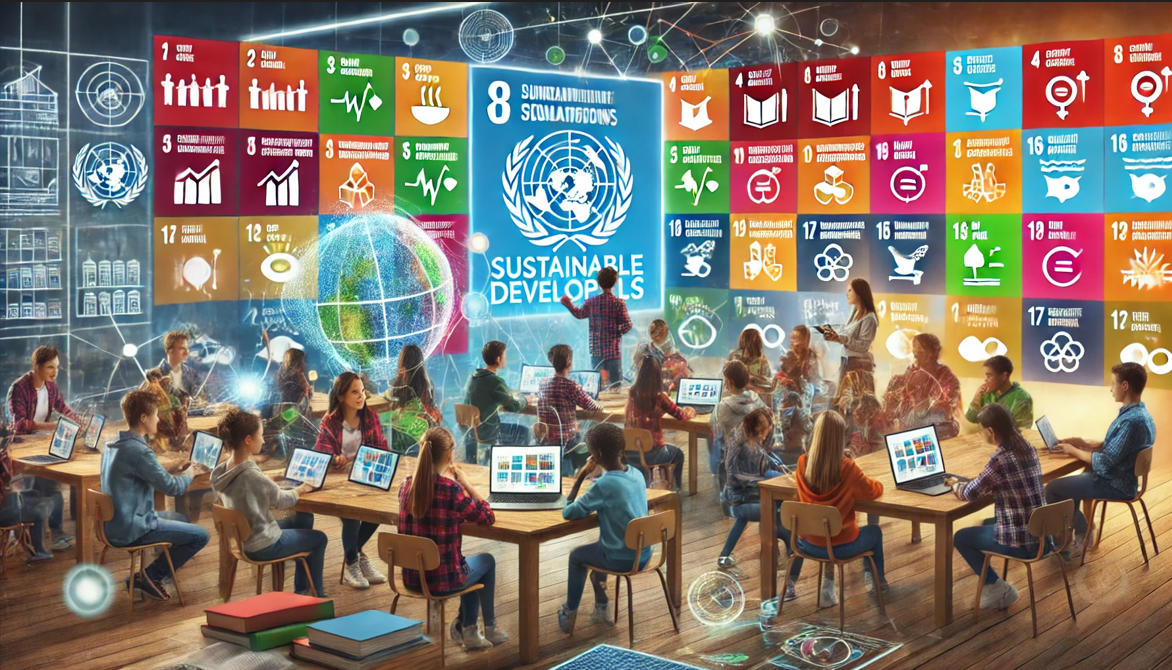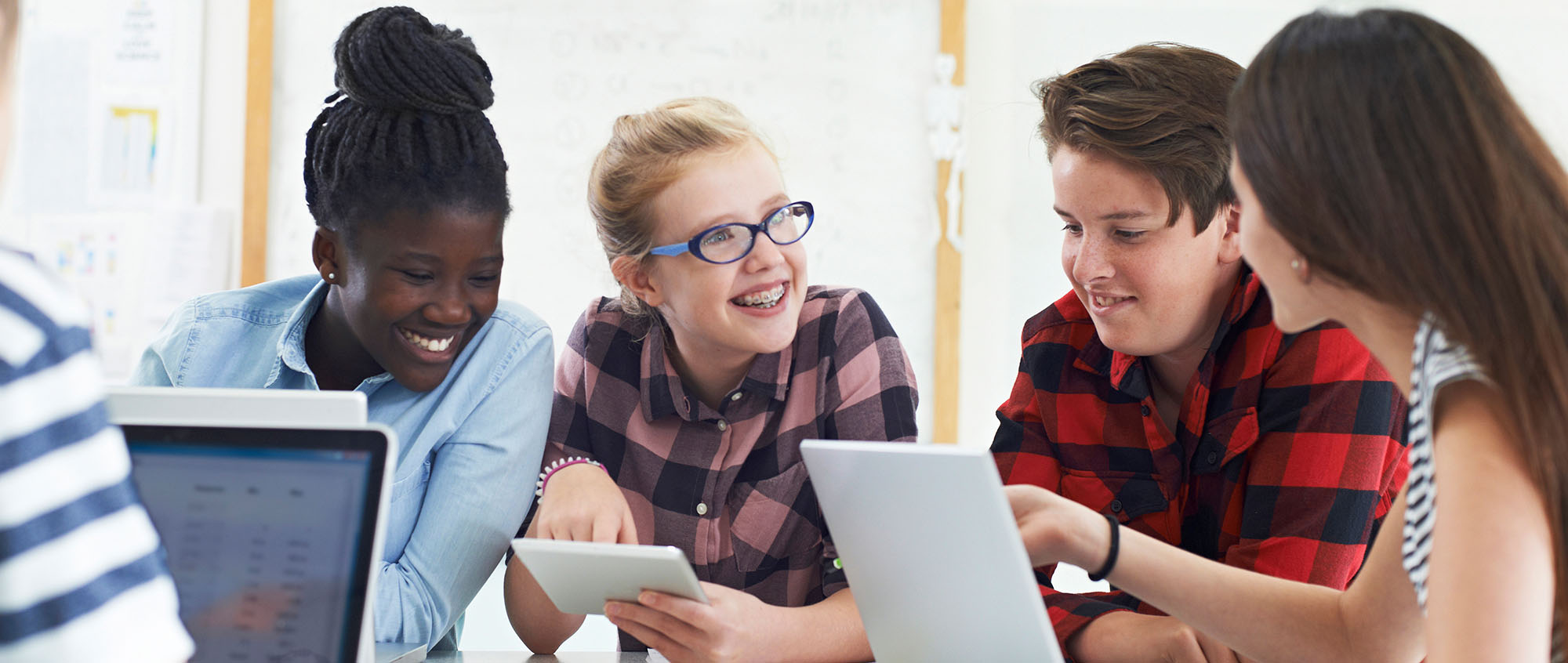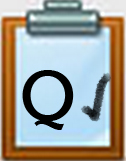Q3. Speaking Out About Global Issues: Introduction
Introduction
In previous Quests, you learned why global collaboration is important and had a chance to build your communication and cultural skills. Now, we’re going to explore some global issues that students and adults can work on together.
Global citizens can help solve these issues in many ways, like raising awareness, coming up with new ideas, or improving how things are done. Global collaborators work with others—including experts—to make the world a better place.
In this Quest, you will explore one of the United Nations' 17 Sustainable Development Goals—important goals created to improve life for people all over the world. After researching your chosen goal, you’ll practice your speaking skills by creating a short video. Your teacher will guide you in using a video recording tool to share your message. Other students can review your video, and it may even be shared with classrooms in your school or around the world. By the end of this Quest, you'll be part of a campaign to raise awareness!
learning objectives
I can:
- Explain a UN Sustainable Goal and summarize the importance of the goal.
- Create a short video that explains this to others.
- Use excellent speaking and recording techniques to make others aware of the issue and what needs to be done.

Competencies & Standards
MITECS Michigan Integrated Technology Competencies for Students, and
1. Empowered Learner
c. Use technology to seek feedback that informs and improves their practice and to demonstrate their learning in a variety of ways.
2. Digital Citizen
a. Cultivate and manage their digital identity and reputation, and are aware of the permanence of their actions in the digital world.
b. Engage in positive, safe, legal, and ethical behavior when using technology, including social interactions online or when using networked devices.
3. Knowledge Constructor
a. Plan and employ effective research strategies to locate information and other resources for their intellectual or creative pursuits.
b. Evaluate the accuracy, perspective, credibility, and relevance of information, media, data, or other resources.
c. Curate information from digital resources using a variety of tools and methods to create collections of artifacts or solve authentic problems.
d. Build knowledge by actively exploring real-world issues and problems, developing ideas and theories, and pursuing answers and solutions.
6. Creative Communicator
d. Publish or present content that customizes the message and medium for their intended audiences,
7. Global Collaborator
b. Use collaborative technologies to work with others, including peers, experts, or community members, to examine issues and problems from multiple viewpoints.
Websites and Documents
Websites
- 17 Sustainable Development Goals of the U.N.
- Adobe Creative Cloud for Students
- Educreations
- Global Goals Posters
- Screenpal (formerly Screencast-O-matic)
- Splice
- WeVideo
- World's Largest Lesson! Unicef-Unesco
Videos from Outside Sources
- Sustainable Development Goals Video
- World's Largest Lesson pt 2 Video at the top of the page
21t4s Websites
21t4s Documents & Quizzes




